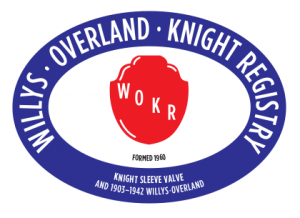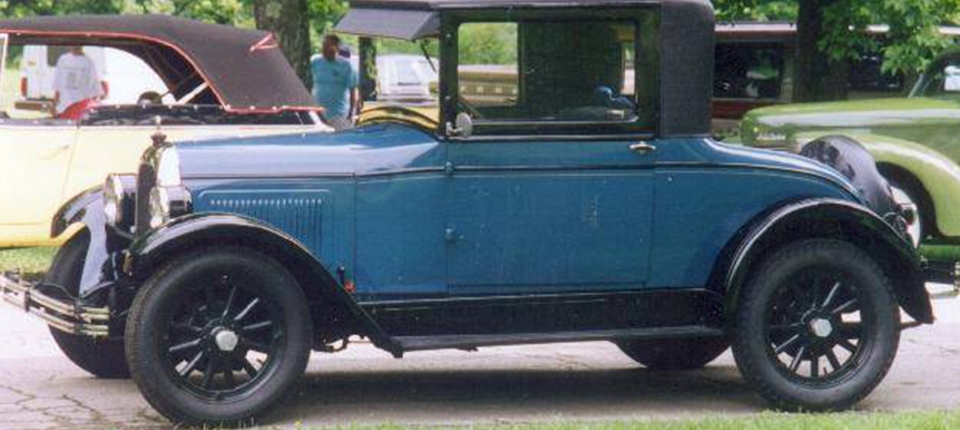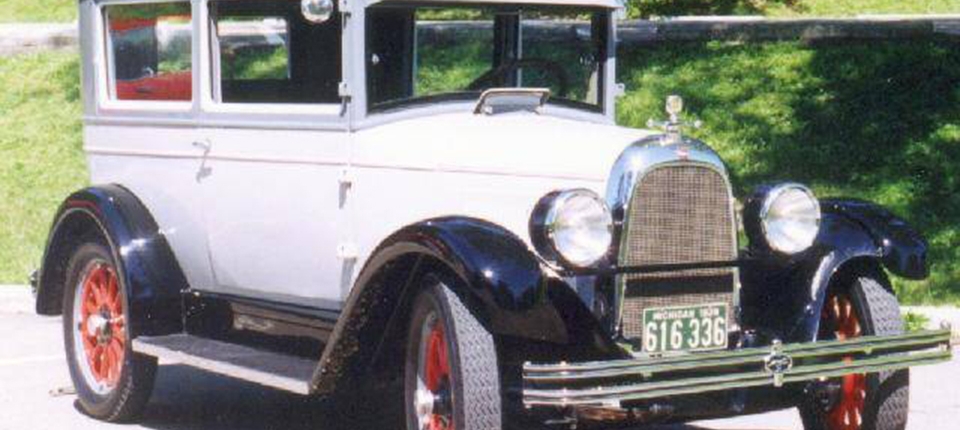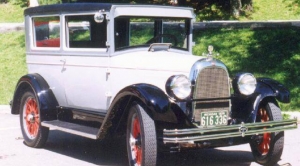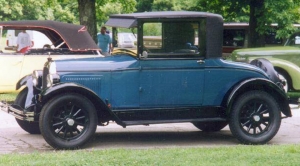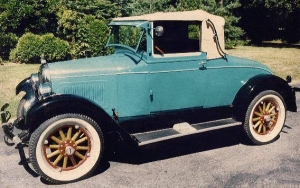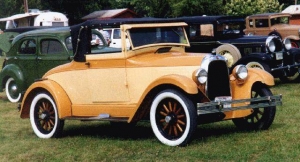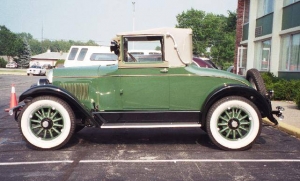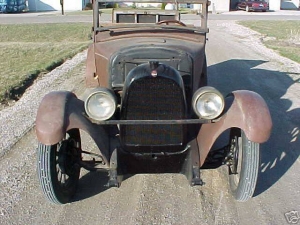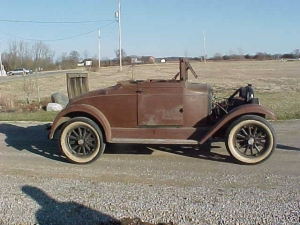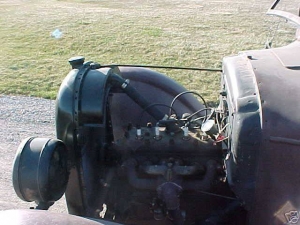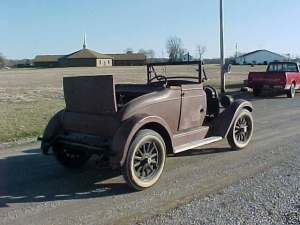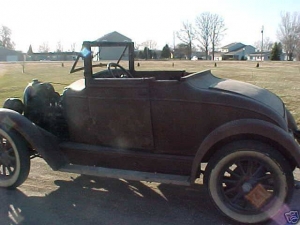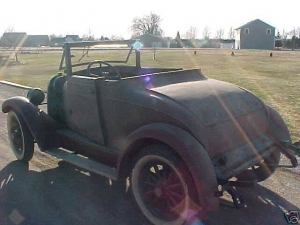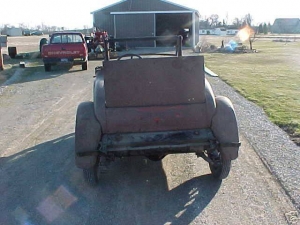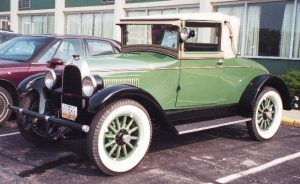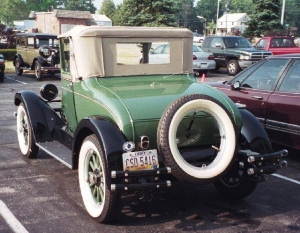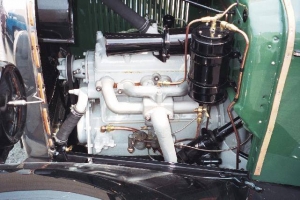Whippet History
Production of the first and most popular of the Whippets, the 4 cylinder Model 96, commenced Wednesday 12th May 1926, ready for public introduction in the East & Midwest on Saturday 26th June. The West had to wait a week later so Saturday July 3rd was their introduction date. Overseas releases followed quickly afterwards – eg. September in Australia.
The publicity surrounding its launch was a such a success that in the first three weeks of its introduction in the United States, carefully compiled counts and estimates indicated some 14,580,000 people visited dealer showrooms to see the new car.
John N. Willys told his dealers that the Whippet title was intended as a generic name for the broad class of vehicles of which this is the forerunner, ie a light, fast, economical and stylish yet inexpensively priced car. The opportunity was at hand, Willys continued, to do in the light car field what Duco did in the lacquer field or what the Eastman Kodak Company did in the camera field. Salesmen were urged to get the motoring public to talk of the new type of light car as a WHIPPET type. Here was a car with 4 wheel brakes, water pump cooling and pressurized lubrication – all strong technical features for the time. Styling was said to be European, a compact yet roomy body, low centre of gravity, good looks, performance and economy.
Surprisingly enough, especially in the light of all this hype about the Whippet name, it wasn’t until January 1927 that the Whippet name was really emphasized on the vehicle itself. Until then it had Overland hub caps and an Overland radiator badge. However, advertising and in fact all printed material such as manuals emphasized the fact that this was a Whippet or an Overland Whippet and never just as an Overland which still tended to bring up memories of the Overland Four in peoples minds. This naming convention was reinforced when the six cylinder Overland 93 was quickly restyled and renamed as a Whippet 93A – also for January of 1927.
There were a host of changes during the production run of the Whippet 96. Some were cosmetic but most were to reduce production costs. (See how much the advertised prices varied below !)
These changes can help in dating a vehicle and assist in identifying which parts are the correct ones to fit but the most obvious ones were the external ones listed below;
1926 cars have “Overland” badging on hub caps and radiator.
1927 cars have “Whippet” badging and beaded fenders. Closed cars have an extended roof line for visor.
1928 cars have “Whippet” badging and plain or “full crown” fenders. Closed cars have a cadet or “military” style of visor.
Wheelbase was just 100 1/4 inches, only slightly bigger than a Model T Ford, but the 3 1/8 bore x 4 3/8 stroke (2.2 liter) engine produced just over 30 bhp and the resultant performance of this lively little car no doubt influenced Henry Ford to announce his Model A in late 1927.
Production of the Whippet Model 96 ended on 3rd December 1928 – its replacement being the Whippet Model 96A. The 96A had a 3/8 inch longer stroke but it was the basic Model 96 engine with the same 3 1/8 bore x 4 3/8 stroke (albeit in revised form and producing more horsepower) that powered the Willys 77 during the depression years and the Willys Jeep for World War II.
For more information on Whippet 96 please refer to the © Whippet Model 96 Encyclopedia available through W.O.K.R.
